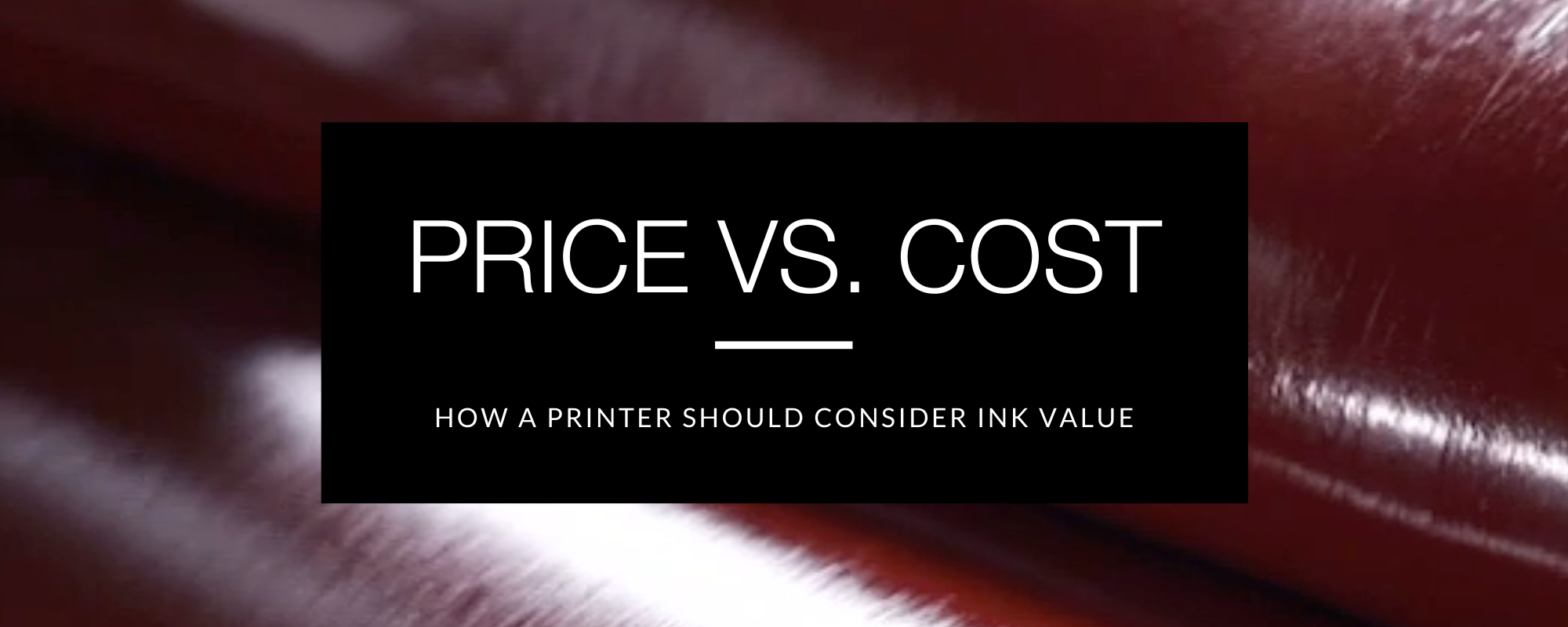Fluorescent inks are famous for their eye-catching, electric glow. However, they are also notorious for fading rapidly when exposed to sunlight. This rapid fading is not a defect but a direct and unavoidable consequence of the scientific process that creates their brilliant color. In short, the very thing that makes them so bright is also what makes them fragile.
To understand why they fade, you first need to know how they work:
Normal Ink
Acts like a mirror. It absorbs some colors of light and reflects others. A red ink reflects red light, and that’s what you see.
Fluorescent Ink
Acts like a light converter. It soaks up invisible ultraviolet (UV) energy from light (especially sunlight) and instantly transforms it into extra visible light that we can see. This “glow” is what makes them appear so much brighter than normal colors.
The Core Problem with fluorescent inks is “Burnout” – fading as a direct result of the conversion process. Think of it like a machine that is working too hard. Fluorescent inks fade faster than standard inks for two simple reasons:
They Invite the Attack
They are engineered to seek out and absorb the most destructive part of sunlight (UV rays), whereas normal inks mostly reflect it away.
The Molecules Are Delicate
The chemical structures needed to create such vibrant, glowing colors are inherently more fragile and complex than the tougher pigments used in standard inks.
So what can we do?
Manage the Inevitable. While you cannot make a fluorescent ink as permanent as a standard one, you can extend its life using a few simple steps:
UV Protective Varnish
Applying a clear coating containing UV inhibitors is the most common solution. This coating acts like sunscreen, absorbing the harmful UV rays before they can reach the ink.
Protective Laminates
A thick, UV-blocking laminate over the print provides a physical shield.
Informed Use
The best strategy is to manage expectations. Fluorescent prints are ideal for short-term promotions, indoor applications, or items not intended for prolonged direct sunlight.
A Necessary Trade-Off
The brilliant, glowing effect of fluorescent ink comes with a built-in expiration date. It
is a classic trade-off: maximum visual impact is achieved at the cost of long-term
durability. Understanding this fundamental relationship helps in selecting the right
tool for the job and setting realistic expectations for the lifespan of a vibrant
fluorescent print.

